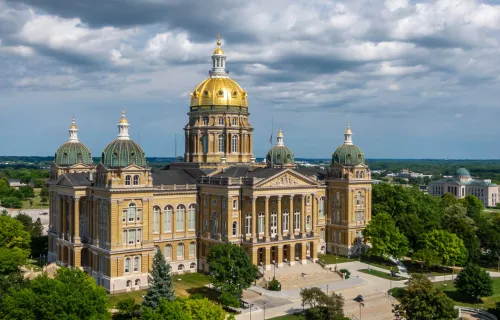Sourcing funds for initiatives is often a challenge for government. While the desire for citizen services continually grows, the appetite for new taxes and other sources of revenue can draw strong opposition. How are governments addressing this funding challenge? One option is to maximize revenue under existing laws and statutes. There are several ways to do this, but one strategy that provides the highest return in the shortest timeframe is to improve collections operations.
A bit of history
Over the years, federal and state tax organizations have taken the lead in improving collections operations. They have melded together new technologies with process changes and organizational shifts to improve recovery rates and increase revenue. These large organizations had the size and scale to execute those strategies, but in many ways, smaller government organizations fell behind because they did not have the funding or staffing level to embark on large improvement initiatives. These organizations had to make do with what they had, in many situations using only manual processes supported by spreadsheets on employee desktops to try to recover amounts owed for taxes and other fees.
A new day is arriving
The focus on optimizing collections is now shifting away from the larger organizations that have already reached a high level of maturity, and toward collections of a broad variety of smaller revenue sources. We see this trend in state and local governments with an increased focus on non-tax recovery. These organizations are looking at ways to build scale by consolidating collections operations for smaller revenue sources and to improve operations with modern technology. In many situations, their technology needs are very different. The proverbial “using a sledge hammer to drive a nail” concept comes into play. Solutions on the market designed for the large and complex collections operations are heavy with features and options that smaller organizations will never use, unnecessarily increasing the required investment in funds, resource hours, and timeline for the smaller, more nimble organizations. We see the market being underserved for non-tax collections recovery activities for smaller government organizations, but that is now beginning to change.
The future for non-tax collections
The collections solutions on the market for smaller organizations tend to be those developed for commercial operations. In many situations, these solutions do not provide support for some of the strongest recovery tools available to a government organization such as liens, license suspensions, wage garnishments, and bank levies.
We analyzed this problem and came to the realization that the market needed a solution that brought together support for functions unique to government collections with the cost and agility benefits of a Software as a Service (SaaS) model. This type of solution could be deployed and configured quickly to meet the needs of an operation with fewer than 50 collectors, with the added benefit of leveraging technology that in many situations was already in place.
Earlier this year, we developed a new Collections for Government Solution built on the Salesforce platform to do just that. Our SaaS solution provides everything needed to stand up a collections organization or to support the transformation of existing operations.
Curious to learn more?
I invite you to join me for a live webinar on October 23 where I will be discussing “Delivering collections for government on Salesforce”. Register now.
Register for "Delivering collections for government on Salesforce" webinar





